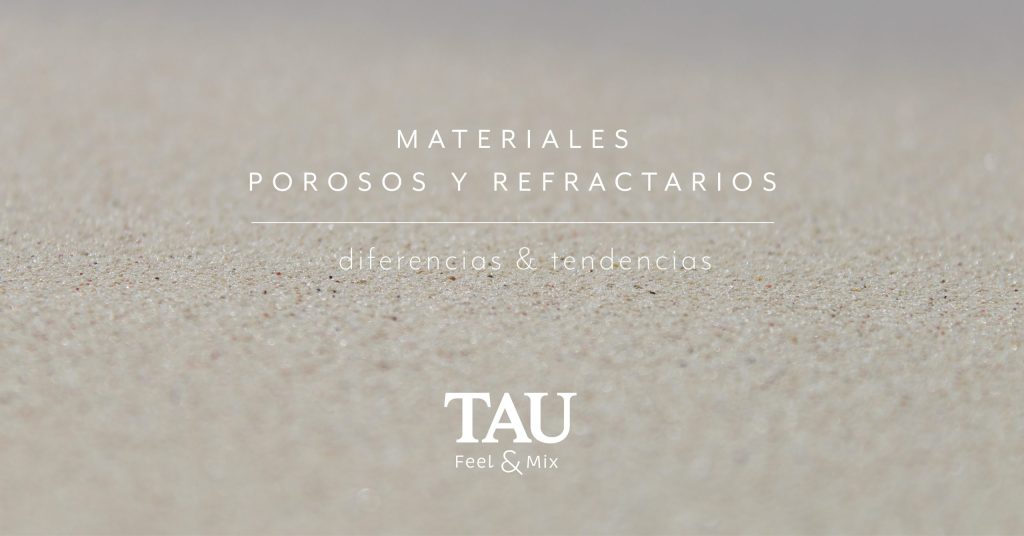Hay muchos proyectos de decoración de interiores con buenos resultados en diversos materiales porosos o refractarios, por ello, es importante conocer sus diferencias. Es cierto que a día de hoy hay interioristas que hablan de conceptos técnicos cerámicos a la hora de iniciar el proceso de revestimiento de las zonas de interior de tu hogar. Sin embargo, los fabricantes de cerámica saben que los mejores acabados son los que duran perfectos más tiempo.
Materiales porosos:
Los materiales de cerámica porosos ofrecen mucha calidad y un acabado muy estético. Su principal característica es que son materiales que se hornean y que sí que se someten a muy altas temperaturas. Sin embargo, no atraviesan el proceso de vitrificación y, por lo tanto, su textura es más rugosa y menos compacta.
Materiales refractarios:
Los materiales de cerámica refractarios son muy utilizados en la decoración de interiores a día de hoy. Su elaboración se realiza a base de arcillas que se cuecen a muy altas temperaturas. Una vez se acaba de hacer el material, este puede someterse de nuevo a altas temperaturas sin modificar su estructura. Precisamente esta capacidad de soportar altas temperaturas sin alterarse es la que convierte a este material en ideal para cocinas.
Interiorismo
Las tendencias de decoración de interiores no paran de renovarse. Por eso, cada año se lanzan nuevas propuestas de estéticas para hogares. Esto beneficia a las personas que están acostumbradas a variar su decoración y también a las que quieren adaptar su estética a un gusto más neutro que no cambie.
Para ambas opciones, es bueno contar con interioristas que garanticen unos materiales que no caduquen y que funcionen bien durante mucho tiempo. Los materiales porosos o refractarios en cerámica marcan una tendencia que parece seguir un fluir claramente imprescindible para la decoración de toda tu casa. Apuesta por este material versátil, duradero y de calidad
